The competitive insights of the Recreational Vehicles Market encompass various dynamics that shape market players' strategies and consumer preferences worldwide. The market has witnessed substantial growth in recent years, driven by increasing disposable income, rising popularity of outdoor recreational activities, and a shift towards mobile living.
Competitive analysis reveals a diverse landscape comprising several established manufacturers and emerging players, each vying for market share through innovation, quality enhancement, and strategic partnerships.
As technological advancements ensure improved safety features and fuel efficiency, companies are focusing on sustainability and eco-friendliness, responding to evolving consumer demands. Market participants are also exploring new segments, including electric and hybrid recreational vehicles, leading to a more competitive environment characterized by continuous product development and differentiation.
Holiday Rambler has established itself as a significant player in the Recreational Vehicles Market with a reputation for creating high-quality motorhomes and travel trailers. The brand is known for its strong engineering capabilities and commitment to craftsmanship, offering a wide range of products that cater to various customer needs.
Its presence in the market is bolstered by a dedicated customer base and a strong dealer network, which ensures that its products are accessible to consumers worldwide. The company differentiates itself with innovative features that enhance comfort and convenience, appealing to both seasoned RV travelers and new entrants in the market.
Holiday Rambler's focus on customer satisfaction, along with its capacity for producing premium vehicles, underscores its competitive strength. Forest River is another prominent entity in the Recreational Vehicles Market, recognized for its broad selection of recreational vehicles, including travel trailers, fifth wheels, and motorhomes.
The company has built a strong brand through its commitment to quality and innovation, frequently introducing new models and features that enhance the consumer experience. Forest River's extensive market presence is supported by a robust distribution channel, enabling it to reach a diverse demographic across various regions.
The company has been active in pursuing growth through mergers and acquisitions, which has expanded its product offerings and operational capabilities. Key products such as travel trailers and motorhomes emphasize functionality and affordability, making them appealing choices for a wide audience.
Forest River's strategic focus on customer feedback and market trends enables it to adapt swiftly, reinforcing its position within the competitive landscape of the Recreational Vehicles Market.
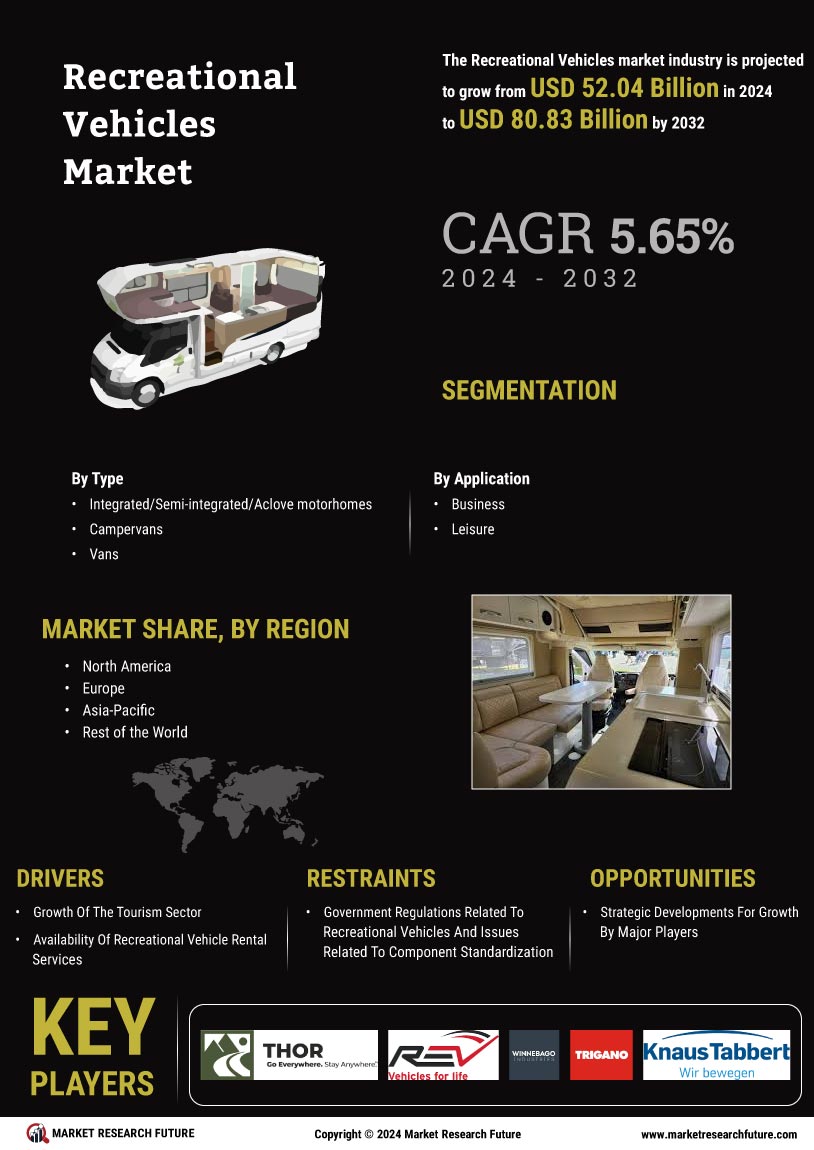

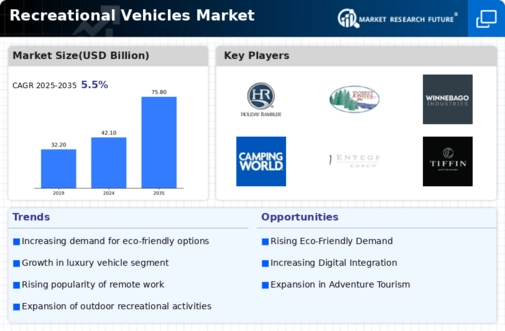
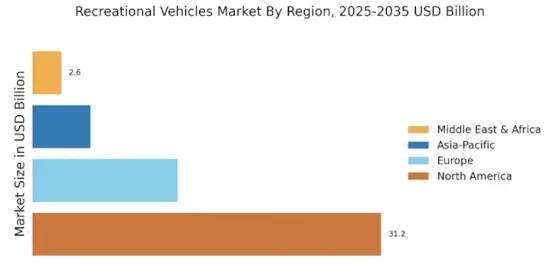
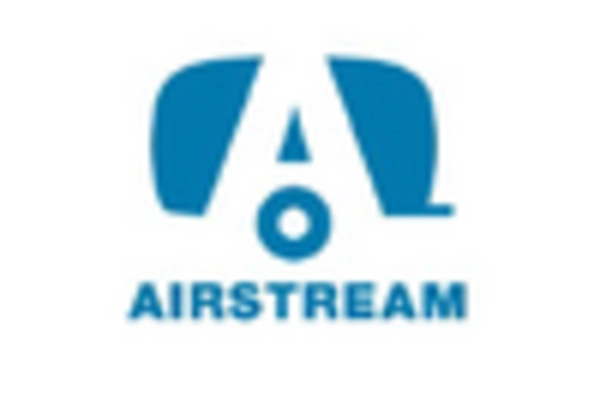

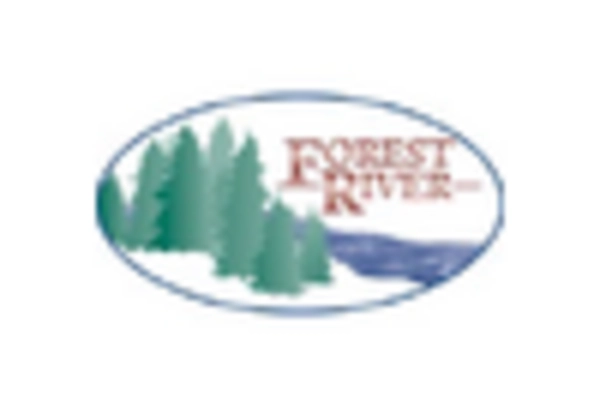
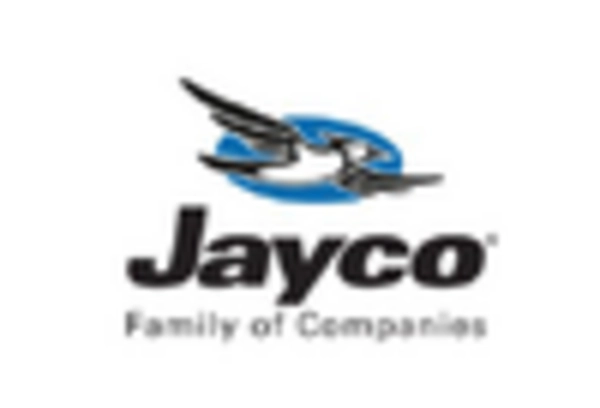
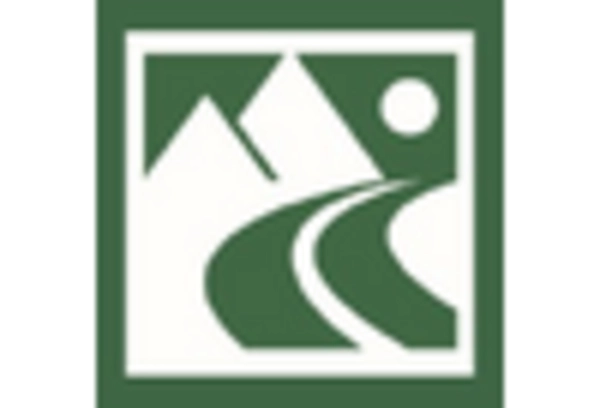









Leave a Comment